

Max Davies
How Audi, BMW, Honda, Mercedes-Benz, and Suzuki started out in Australia, and where they are now
15 Hours Ago

Journalist
With BMW’s spritely small car brand increasingly reliant on cars built beyond Blighty, there seemed to be storm clouds hanging over Mini’s UK operations.
Now with a fresh injection of £600 million ($1.17 billion) from BMW and a further £75 million ($146 million) from the UK government, the company’s UK factories will continue working beyond 2030.
Some of the money will flow to the body-pressing plant in Swindon, but most of the cash will go into the Oxford factory to enable it to produce electric vehicles. It’s unclear what will become of the Hams Hall factory, which currently produces turbocharged four-cylinder petrol engines.

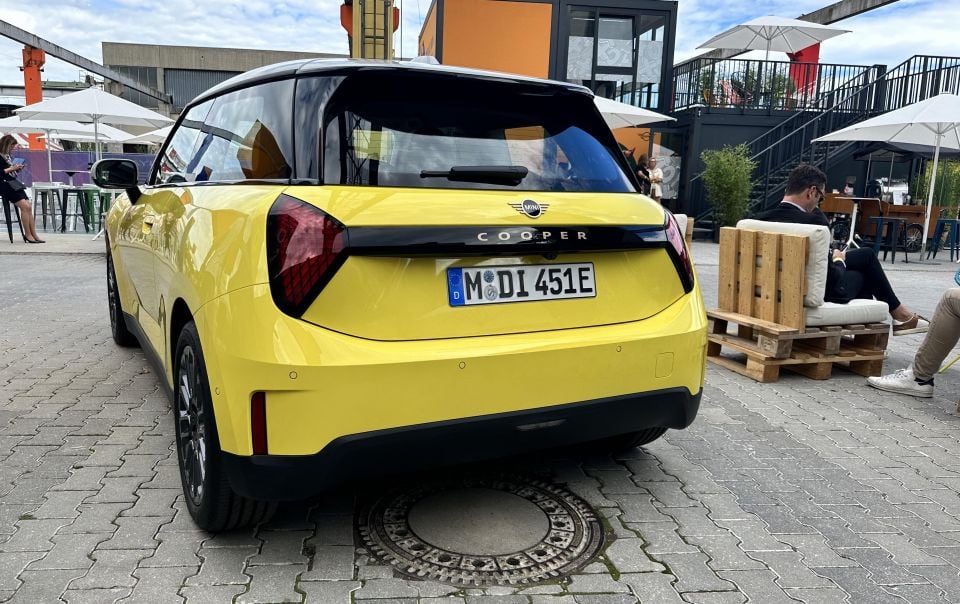
Starting from 2026 the old Morris plant in Oxford will begin churning out the recently launched Cooper three-door electric hatchback and the yet-to-be-revealed Aceman “compact crossover”.
Developed in conjunction with China’s Great Wall Motor, the new EV-only Cooper was unveiled at the beginning of the September. At launch its only confirmed production facility was a newly built BMW/Great Wall joint venture factory in Zhangjiagang, about an hour and a half from Shanghai.
With the Oxford plant, at that stage, only scheduled to produce a heavily facelifted update of the current three- and five-door ICE-powered Mini hatchbacks from 2024, and Mini set to be an EV-only brand by 2030, this lead many to question whether Mini would continue building cars in its homeland after the turn of the decade.
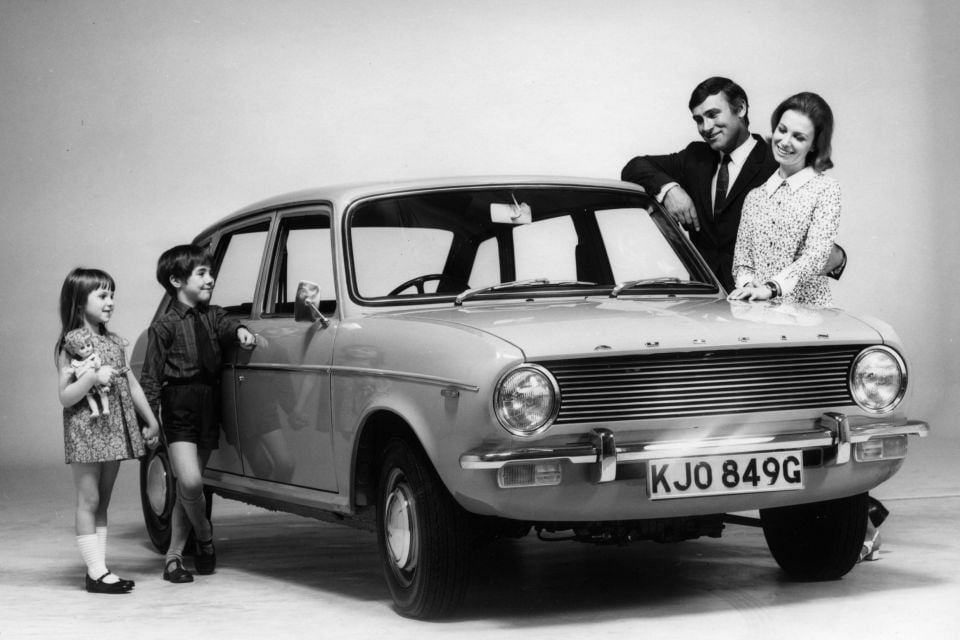
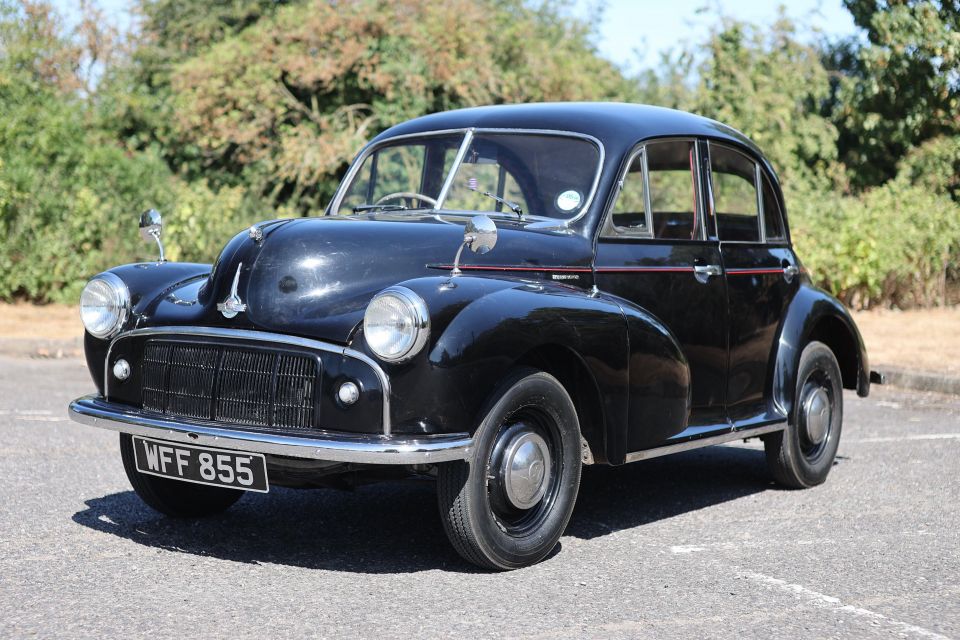
The next-generation Mini Countryman, which was simultaneously launched at the top of the month, will be produced in Leipzig, Germany, alongside its platform, the BMW X1.
Both the new Cooper and Countryman have been confirmed for Australia, with both expected to touch down on the underside of the world from the third quarter of 2024.
BMW’s recommitment to UK manufacturing will be seen as a boost to Britain’s automotive sector, which has suffered greatly from both the COVID-19 pandemic and Brexit, the latter meaning cars built in the UK no longer automatically qualify for tariff-free access to the European common market.
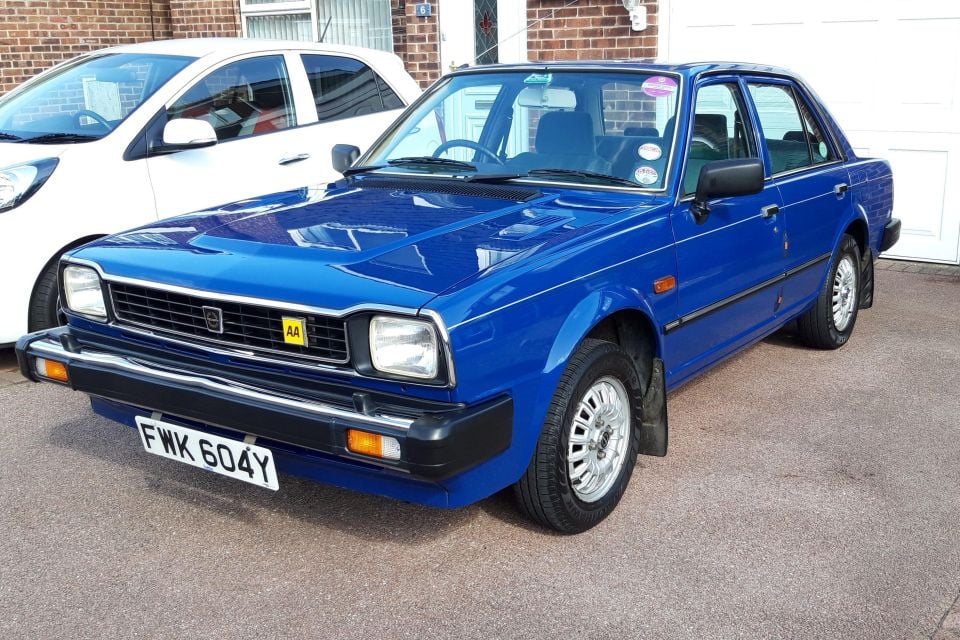
Last year car British production fell about 10 per cent to around 775,000 units, and well down on the recent peak of about 1.7 million cars in 2017. Production this year has picked up, and is on track to reach around 850,000 cars.
Although Honda exited the scene in 2021, the country still produces cars for Stellantis, Toyota, Nissan, Jaguar Land Rover, and Mini, as well as Rolls-Royce, Bentley, Aston Martin, McLaren, Ariel, and Morgan.
Since it was opened in 1914, Plant Oxford, as it’s now known, was the main manufacturing hub for Morris Motors. One of the most famous cars the factory produced was the 1948 Morris Minor, which was designed by Alec Issigonis, the man behind the iconic Mini.
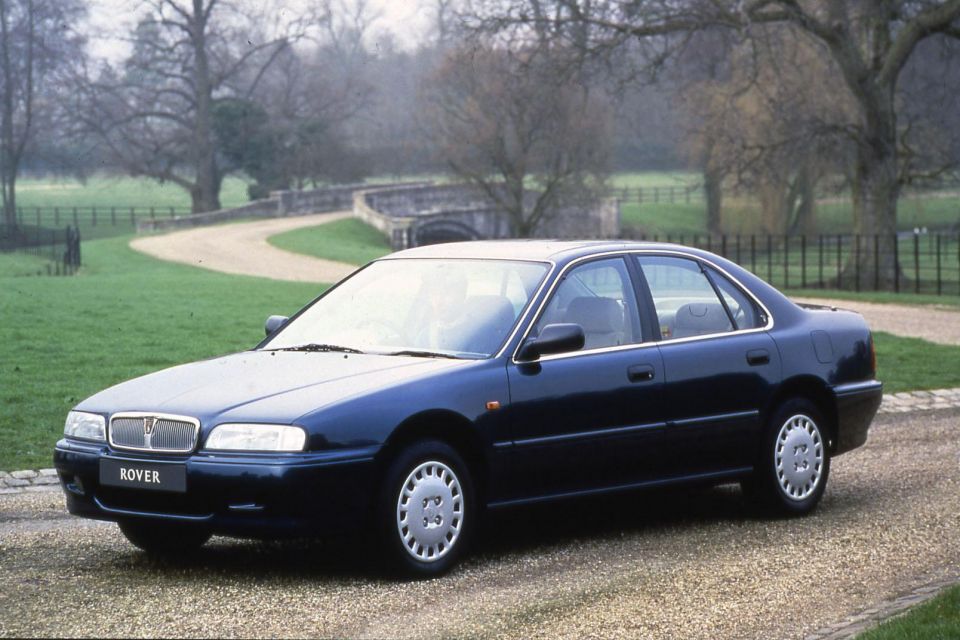

As the British car industry consolidated, the Oxford factory began to produce cars for other brands, including the Austin Maxi, Rover SD1, and a slew of Honda-based models, including the Triumph Acclaim and Rover 600 and 800. It even produced the Honda Legend for the European market during the 1980s.
Before it began building the New Mini and its derivatives in 2001, the plant briefly produced the Rover 75. Manufacturing of this car was moved to Longbridge, outside Birmingham, not long after BMW sold MG Rover to the Phoenix group in 2000 for a symbolic £10.
Where expert car reviews meet expert car buying – CarExpert gives you trusted advice, personalised service and real savings on your next new car.
Derek Fung would love to tell you about his multiple degrees, but he's too busy writing up some news right now. In his spare time Derek loves chasing automotive rabbits down the hole. Based in New York, New York, Derek loves to travel and is very much a window not an aisle person.


Max Davies
15 Hours Ago


William Stopford
15 Hours Ago


Derek Fung
16 Hours Ago


Max Davies
23 Hours Ago


William Stopford
2 Days Ago


Ben Zachariah
2 Days Ago